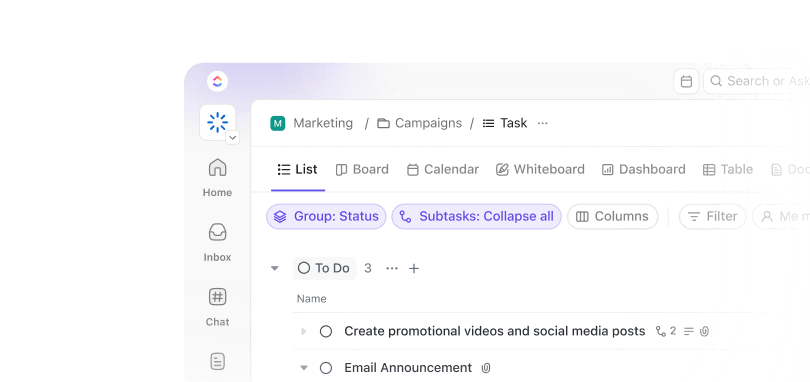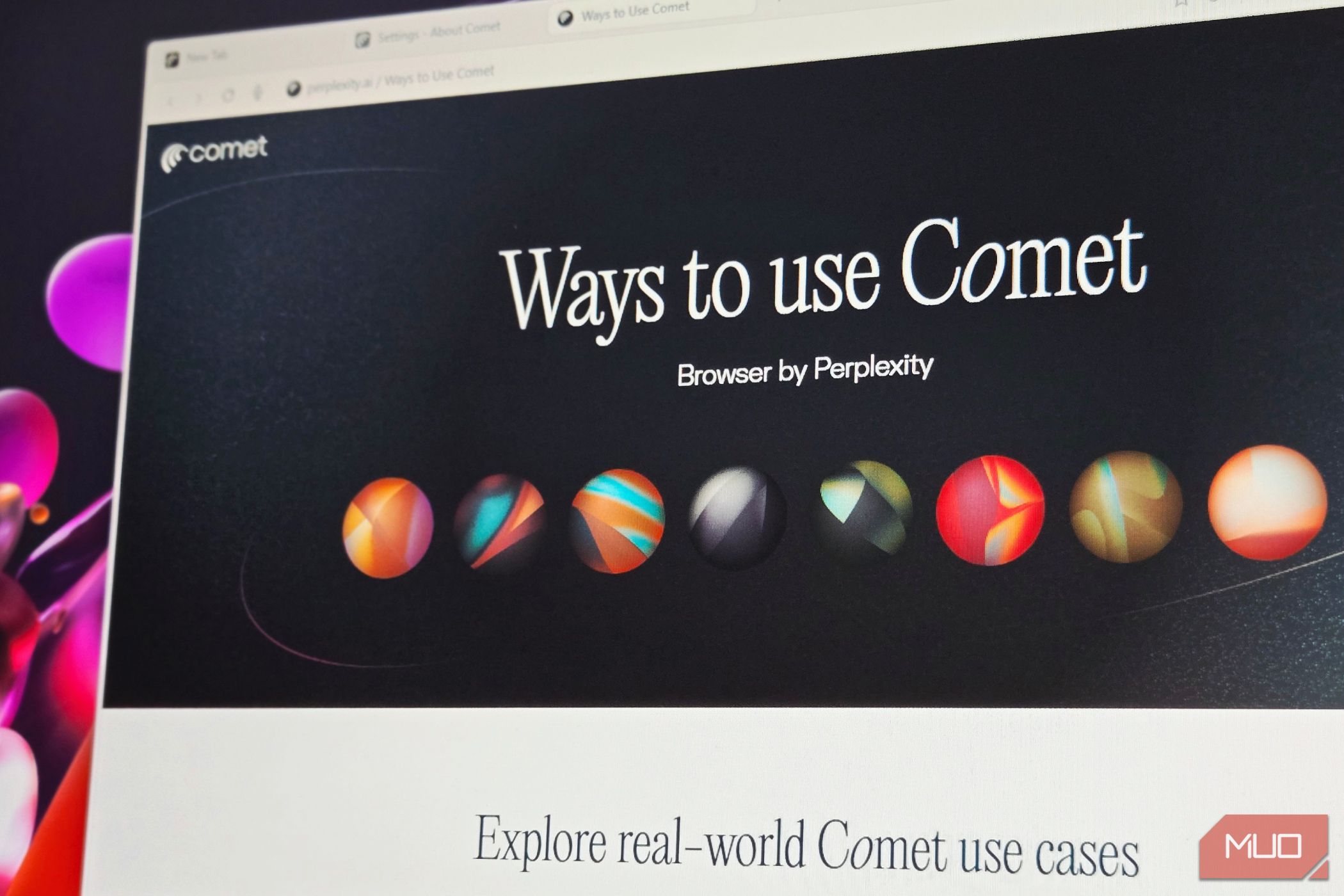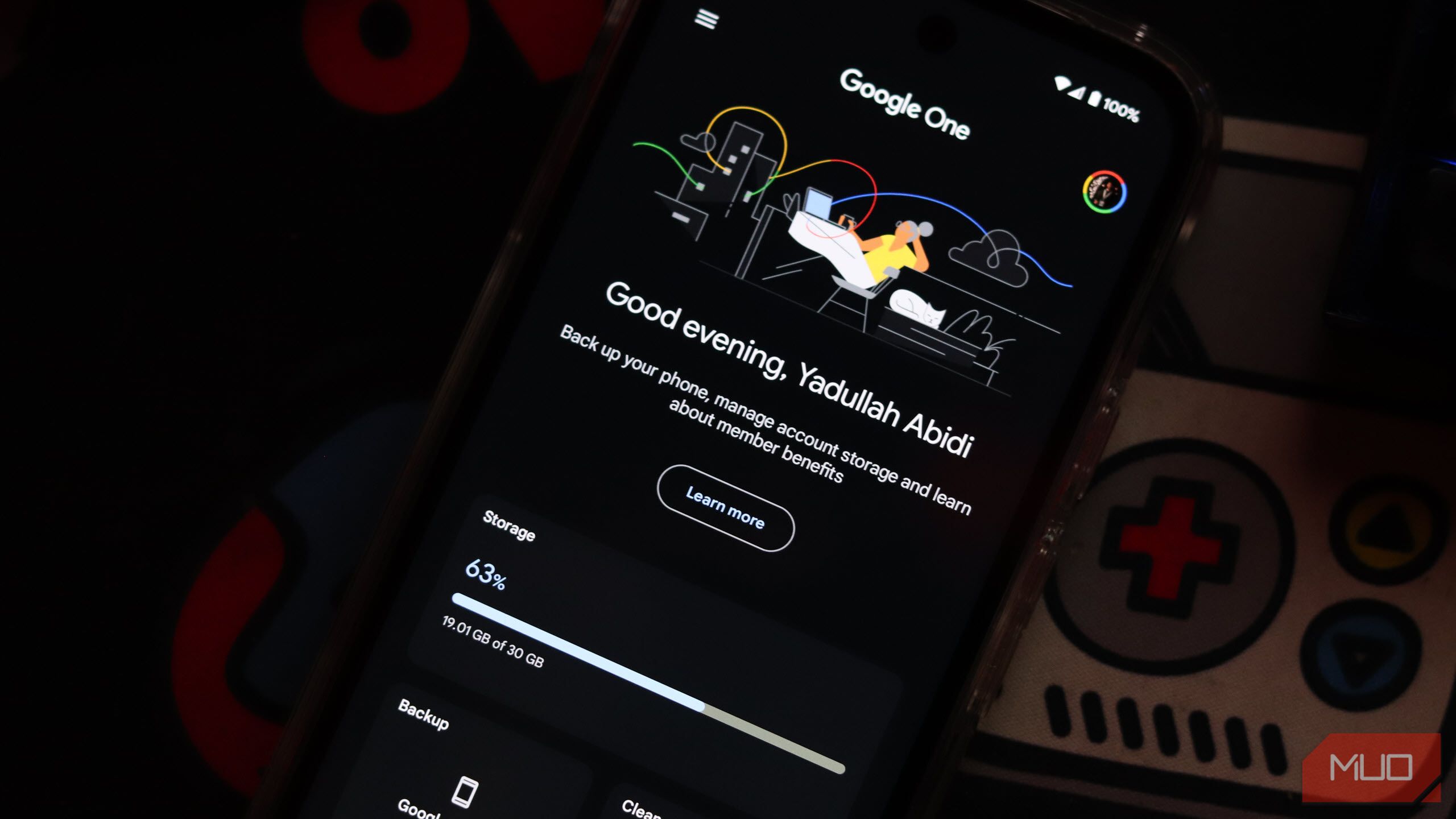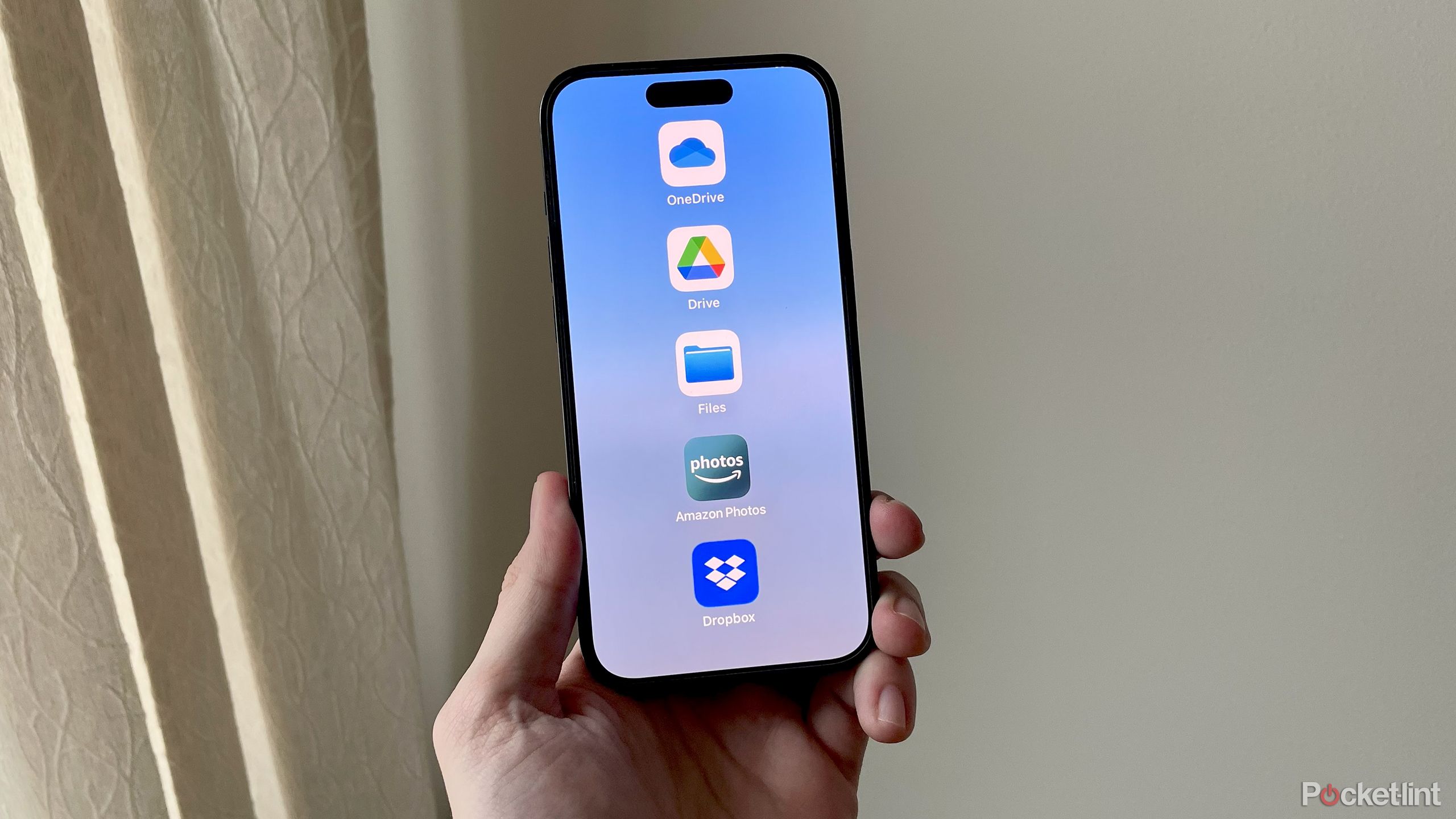In the battle of Whisper vs. Google Speech-to-Text, it’s all about which one gets it right (even when your mic’s picking up your neighbor’s blender).
Whisper, OpenAI’s open-source model, delivers high-accuracy speech recognition using multiple models trained on different languages. It’s flexible, supports fine-tuning, and boasts impressive performance in noisy environments.
Google Speech-to-Text, part of the Google Cloud Speech suite, is a tried-and-tested AI transcription powerhouse. With real-time transcription, easy integration, and solid support for speech-to-text APIs, it’s built to handle multiple speakers, accents, and a lot of background noise.
Think of this blog as your decoder ring for two powerful ASR (automatic speech recognition) systems, because choosing the right transcription service shouldn’t require divine intervention (or a PhD in linguistics).
Whisper vs. Google Speech-to-Text: Which One Should You Use?
What Is Whisper?
Whisper is an open-source model developed by OpenAI for automatic speech recognition (ASR).
It is designed to transcribe audio files across different languages with impressive accuracy, even in less-than-ideal conditions (like chaotic coffee shop recordings).
With its multiple models trained on diverse language datasets, Whisper delivers highly flexible speech-to-text capabilities across various use cases, from podcasts to developer tools.
👀Fun Fact: OpenAI’s Whisper was trained on a massive dataset of 680,000 hours of multilingual and multitask supervised data collected from the web.
Whisper best features
So, why does Whisper AI stand out? Here’s a look at some of the standout features that make Whisper a top pick for teams looking for high accuracy, adaptability, and reliable performance.
🙋♀️ Multilingual transcription
Whisper supports multiple languages right out of the box, making it an excellent fit for global apps, podcasts, and media projects. Whether your audio is in English, Spanish, or Swahili, Whisper offers consistent transcription performance.
You can choose to receive the transcribed text in the speech’s original language or as an English translation.
🔊 Robust background noise handling
Unlike most transcription tools that break down with background noise, Whisper AI stays accurate through chatter, barking, or even loud frying, helping maintain a low word error rate.
✅ Open source flexibility and fine-tuning
Developers love Whisper because it’s open source, letting you inspect the code, make tweaks, and build custom solutions.
With fine-tuning, you can tailor it for apps, voice notes, or bulk audio processing.
📝 Clear documentation and developer-focused API
The Whisper API comes with clear documentation, making it easier to slot into existing workflows. Plus, with active support from the OpenAI community, it’s a breeze to get started: no cryptic forums or outdated tutorials required.
Whisper pricing
- $0.006 per minute of audio, billed per second (i.e., $0.0001 per second)
What Is Google Speech-to-Text?
Google Speech-to-Text is a cloud-based speech recognition tool that converts audio into text using Google Cloud’s advanced AI models. It delivers high accuracy, fast processing, and scalable performance for tasks like voice-enabled apps or transcribing Zoom calls.
With real-time transcription, strong language support, and seamless integration, it’s a go-to solution for both startups and enterprise-grade transcription services.
Google Speech-to-Text best features
What sets Google Speech-to-Text apart is its enterprise-readiness. It’s tailored for developers and product owners needing reliable transcription, responsive performance, and effortless support for multiple languages and speakers.
Below are some standout features that make this speech-to-text API so widely used.
⏲ Real-time and batch processing options
Google Speech-to-Text supports both real-time transcription and batch processing. It can transcribe live interviews or process large audio files, making it ideal for content creators, call centers, and anyone handling a large number of recordings.
🔊 Speaker diarization and multilingual recognition
Google Speech-to-Text can distinguish and tag different speakers in an audio file, simplifying dialogue transcription.
It also offers multilingual recognition, perfect for teams and businesses working with multiple languages in the same recording (shoutout to global Zoom fatigue survivors everywhere).
💪 Strong noise cancellation and high accuracy
Thanks to Google Cloud’s deep learning models, Google Speech-to-Text delivers high accuracy even when there’s background noise.
From crowded cafés to echoey boardrooms, its speech recognition remains sharp, helping lower your word error rate (WER) and keeping your transcripts usable without a complete rewrite.
🛠 Easy integration with existing tools
Google makes it dead simple to plug its API into your app, platform, or voice-based tool. With extensive language support, strong documentation, and native connections to other Google Cloud products, it fits neatly into most existing workflows without burning through your team’s time or sanity.
Google Speech-to-Text pricing
- Speech-to-Text V1 API: $0.024 per minute
- Speech-to-Text V2 API: $0.016 per minute
Whisper Vs. Google Speech-to-Text: Features Compared
Before we go deep into feature-wise analysis, here’s a quick comparison of Whisper vs. Google Speech-to-Text to help you decide which tool fits your transcription needs best.
| Feature | Whisper | Google Speech-to-text |
| Real-time transcription | ✅ | ✅ |
| Offline functionality | ✅ | ❌ |
| Cloud-based service | ❌ | ✅ |
| Background noise handling | ✅ | ✅ |
| Speaker diarization | ❌ | ✅ |
| Fine tuning | ✅ | ❌ |
| Optimized for enterprise | ❌ | ✅ |
| Open source model | ✅ | ❌ |
| Multilingual transcription | ✅ | ✅ |
Feature#1: Native AI assistant
While Whisper AI impresses with open-source charm and flexibility, it doesn’t come with a built-in AI assistant. If you want AI-driven summaries, smart note suggestions, or interactive prompts, you’ll have to fine-tune or add them yourself.
In contrast, Google Speech-to-Text is backed by Google Cloud’s full-blown AI stack, giving you native features out of the box with no manual setup.
It’s like comparing a build-your-own burger kit to a ready-made double cheeseburger, both delicious, but one’s definitely faster.
✨ Best for:
- Whisper: Developers and teams building custom AI workflows from the ground up
- Google Speech-to-Text: Users who want smart, AI-enhanced transcription as an out-of-the-box service without extra effort
🏆 Winner: Google Speech-to-Text. With built-in AI smarts, native assistant features, and zero setup, it’s the faster, smarter option right out of the box.
Feature#2: Noise handling and accuracy
Both Whisper and Google Speech-to-Text handle background noise impressively well.
Whisper was trained on noisy, real-world audio files, so it’s built to work when someone’s making smoothies two feet from your mic. Google, however, leverages advanced noise cancellation and machine learning magic from Google Cloud.
In practical terms, both offer high accuracy and lower WER (word error rate) in noisy environments. Flip a coin, or better yet, run your own test.
✨ Best for:
- Whisper: Developers tackling unpredictable, real-world audio environments
- Google Speech-to-Text: Businesses needing consistent, high-accuracy transcripts in noisy calls or meetings
🏆 Winner: It’s a tie. Both tools offer top-tier accuracy and noise resilience, making this one too close to call without real-world testing.
Feature#3: Customization and control
If you like tweaking code, playing with multiple models, and adjusting the dials to fit specific use cases, Whisper offers the kind of freedom Google’s ASR doesn’t.
Being an open-source model, Whisper allows for fine-tuning, enabling you to optimize for specific dialects, industries, or that one podcast guest who insists on mumbling.
Google Speech-to-Text, by comparison, is more of a plug-and-play transcription service, great for ease, but not so much for control freaks.
✨ Best for:
- Whisper: Tinkerers, product teams, and researchers who want deep control and fine-tuning
- Google Speech-to-Text: Teams that prefer convenience over customization
🏆 Winner: Whisper. With open-source access, fine-tuning capabilities, and complete model control, it’s the dream toolkit for hands-on developers.
Feature#4: Ease of integration
Need your speech-to-text API to fit into your tech stack without breaking a sweat? Google delivers. From seamless deployment via Google Cloud to syncing with other services like Gmail, Meet, or Docs, it’s built for businesses looking to minimize dev effort.
While flexible, Whisper requires manual setup and integration, so it may take more effort to get started unless you’re comfortable with scripting and workflows.
✨ Best for:
- Whisper: Advanced users who don’t mind rolling up their sleeves
- Google Speech-to-Text: Startups, enterprises, and anyone who needs speed over setup
🏆 Winner: Google Speech-to-Text. Seamless APIs, cloud-native support, and instant compatibility make it a breeze to plug into any tech stack.
Feature#5: Multilingual support
Both tools support multiple languages, but Whisper takes a slight lead with better multilingual transcription from the get-go. Trained on a giant, diverse dataset, it handles rare dialects and code-switching like a champ.
Google also supports multiple languages, but the transcription quality can vary depending on the language pair and speech patterns. If your audio often hops between languages or contains mixed accents, choose Whisper.
✨ Best for:
- Whisper: Teams working with diverse, multilingual, or dialect-rich audio
- Google Speech-to-Text: General users working within popular language pairs
🏆 Winner: Whisper. With broader language coverage and better dialect recognition, it’s the go-to for truly global transcription.
Feature#6: Performance and real-time capabilities
If you’re looking for lightning-fast, real-time transcription, Google Speech-to-Text has the edge. It’s optimized for low-latency workloads and offers enterprise-grade performance that scales across devices.
Whisper supports real-time-ish use cases via the Whisper API, but it’s not as seamless or well-optimized out of the box, especially when used on lower-end hardware.
✨ Best for:
- Whisper: Local processing and controlled environments
- Google Speech-to-Text: Businesses that need speed, scale, and snappy, real-time results
🏆 Winner: Google Speech-to-Text. Lightning-fast real-time transcription and enterprise-grade reliability give it the performance edge.
Feature#7: Data security and cloud access
Google’s cloud infrastructure provides industry-standard data protection, ideal for regulated environments. Whisper, by contrast, processes audio files locally unless you build a secure cloud workflow yourself.
So if data security is a top priority and you’re not building from scratch, Google Cloud wins the compliance game.
✨ Best for:
- Whisper: Teams needing local-only processing or open-source transparency
- Google Speech-to-Text: Enterprises with strict compliance needs and cloud infrastructure
🏆 Winner: Google Speech-to-Text. With enterprise-level cloud security and compliance standards, it’s the safer bet for regulated environments.
Feature#8: Cost and operational flexibility
Whisper is free to use (you pay only if you use OpenAI’s hosted API), and being open-source, it’s great for budget-conscious developers or teams running transcription at scale.
Google Speech-to-Text, while robust, operates on a pay-as-you-go model. If you’re transcribing hours of audio, expect those costs to add up fast.
✨ Best for:
- Whisper: Budget-conscious devs, researchers, and scale-hungry startups
- Google Speech-to-Text: Businesses that value convenience and are okay with paying for it
🏆 Winner: Whisper. Free, open-source, and cost-efficient at scale, it’s perfect for teams looking to maximize value without breaking the bank.
Whisper vs. Google Speech-to-Text: The Verdict
Here’s a quick summary of everything we covered in this comparison between Google Speech-to-Text and Whisper AI:
| Feature | Whisper AI | Google Speech-to-Text |
| Noise handling & accuracy | Trained on noisy real-world audio; strong with accents & background noise | Advanced noise cancellation via Google Cloud; equally strong accuracy |
| Customization & control | Open-source; fine-tuning for dialects, industries, or specific speakers | Limited customization; plug-and-play service |
| Ease of integration | Manual setup; more dev effort required | Seamless API, cloud-native, integrates with Google services |
| Multilingual support | Excellent for diverse dialects & code-switching. Supports 90+ languages for transcription, plus translation to English | Supports 125+ languages/dialects, but quality might vary; powerful multilingual models like USM |
| Native AI assistant | No built-in AI assistant; requires custom setup for summaries, notes, or prompts | Built-in AI features via Google Cloud’s AI stack; ready to use |
| Performance | Real-time-ish; depends on hardware and setup | Optimized for low latency, enterprise-grade real-time transcription |
| Data security & cloud access | Local processing is possible; security setup depends on the user | Enterprise-level cloud security & compliance |
| Cost & operational flexibility | Free (self-hosted) or low cost via API; great for scale | Pay as you go; can get costly at high volume |
Whisper is the best choice if you value control and cost-efficiency, and want to transcribe large volumes of audio files locally across different languages using an open-source model you can bend to your will.
Google Speech-to-Text is ideal if you need fast, scalable, and business-ready speech recognition that offers enterprise-grade reliability and support, and integrates seamlessly into existing workflows—no tinkering required.
Whisper vs. Google Speech-to-Text on Reddit
Reddit’s full of gold when it comes to real-world takes on transcription tools, and the battle between Whisper and Google Speech-to-Text is no exception.
Let’s start with Whisper. Built by OpenAI, it’s open-source and pretty beloved among devs and indie creators. People often rave about how well it handles messy audio, like background noise, accents, and low-quality recordings.
🗣 One Reddit user said:
But it’s not all sunshine. Whisper—especially the larger models—can be a resource hog. It can be a pain if you’re not packing a decent GPU or don’t want to wait around.
🚩 A top comment summed it up:
Now flip over to Google Speech-to-Text. This one’s kind of the “default” for a lot of folks working on enterprise apps or anything that needs to scale. It’s fast, stable, and handles a ton of languages. Plus, it’s all cloud-based—just send the audio and get the transcript. But it comes with a couple of caveats.
🚩 As one Redditor put it:
📮 Insight: 88% of users we surveyed already use AI for personal tasks—but over half avoid it at work. Why? The usual suspects: poor integration, knowledge gaps, and security worries.
Brain changes the game. It’s a built-in AI assistant that understands plain language, keeps your data secure, and connects effortlessly with your tasks, docs, chats, and knowledge base—all in one workspace.
Meet : The Best Alternative to Whisper vs. Google Speech-to-Text
Whisper and Google Speech-to-Text are strong contenders in the speech recognition space. But what if you want more than just transcription? What if you want to turn that transcribed audio into actionable insights, meeting notes, or project updates, all in one place?
That’s where steps in. It’s more than a transcription service or a speech-to-text API. It’s a full-on productivity hub with built-in AI, smart documentation, and automation that make tools like Whisper and Google Cloud Speech feel a little… one-dimensional.
’s One Up #1: AI Notetaker

AI Notetaker takes your messy meetings, video calls, and rambling voice notes and automatically creates neatly structured summaries, action items, and follow-ups. It doesn’t just transcribe what was said—it understands the context.
That means you don’t have to sift through hours of audio files or worry about missing something critical during a brainstorming session. The AI Notetaker works across tools like Zoom, Google Meet, and Microsoft Teams, capturing key points and converting them into actionable task lists.
You get more than a speech-to-text output—you get a smart, shareable summary that helps your team stay aligned, without the usual post-meeting chaos.
’s One Up #2: Docs


While Whisper and Google Speech stop at converting voice to text, lets you go a step further by embedding that text into rich, collaborative Docs. Docs lets you take those meeting summaries or transcribed audio and turn them into living documents- with tables, bookmarks, widgets, and task links.
Want to assign a follow-up from your transcription? Just highlight the text and convert it into a task inside the same document.
Docs turns static transcriptions into actionable documents. You can collaborate with your team, leave comments, mention teammates, and track project updates—all without jumping between apps or exporting files.
’s One Up #3: Brain (AI)
If Whisper AI and Google Cloud Speech focus on audio, Brain is focused on outcomes. This built-in AI sidekick helps generate notes, rephrase content, summarise discussions, and even write documentation based on your transcriptions.


It can also analyze context, extract action items, and suggest next steps—no need to manually comb through paragraphs of transcribed text or worry about accuracy.
Instead of just having a transcription, you get an intelligent assistant that helps you act on your data. Perfect for product owners, busy managers, or anyone juggling multiple models, tasks, and meetings.
So while Whisper offers local processing and Google’s ASR brings cloud scalability, gives you a powerful AI transcription assistant plus a central command center for turning those words into real work.
No extra tools. No duct tape integrations. Just one sleek platform that handles it all.
💜Bonus: Brain Max by takes productivity to the next level with its lightning-fast Talk to Text feature. Simply speak, and Brain Max instantly transforms your words into accurate, organized notes—no typing required.
Whether you’re capturing ideas on the fly or recording important meeting discussions, you’ll never miss a detail.
With access to the leading premium AI models and all your connected apps, you won’t need any other AI assistant for your day-to-day activities.


to the Rescue: Your Transcription Superpower Awaits
Whisper vs. Google Speech-to-Text is a close call. Both tools offer impressive speech recognition capabilities, handle background noise like pros, and support a wide range of languages.
If you’re looking for complete control and customizability, Whisper is your playground. If you want enterprise-ready speed and seamless integration, Google Speech-to-Text delivers.
That said, if you’re looking for something smarter that doesn’t just transcribe but actually helps you use that text, is the way to go. It’s a sleek, AI-powered productivity platform that turns audio into action.
And yes, it’s completely free to try. Sign up for and let your voice (and your team) get more done without switching tabs a thousand times.


Everything you need to stay organized and get work done.












